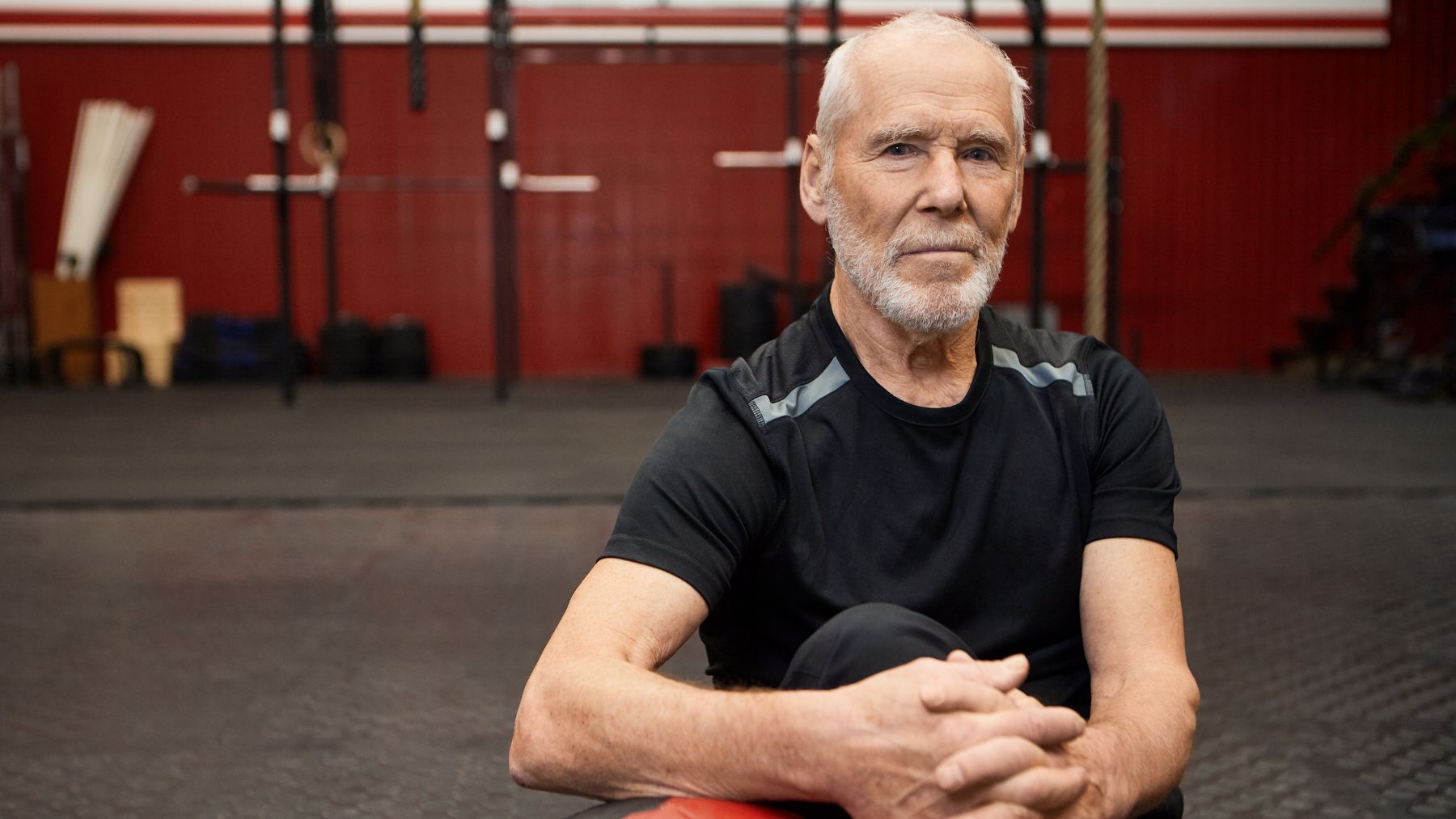Strength training is key for building a healthier body as you age, according to the US National Institute On Aging (NIA). Even simple resistance exercises can help maintain muscle mass, improve mobility, and extend years of healthy living.
Research supported by NIA shows that older adults don’t need extreme workouts to benefit. Small but consistent efforts, from lifting light weights to using resistance bands, can slow age-related declines in strength and function.
Why NIA emphasizes strength training for older adults
The NIA highlights that maintaining muscle mass is crucial for staying independent. Age-related muscle loss, or sarcopenia, can make walking, climbing stairs, or getting out of a chair more difficult. Studies show around 30% of adults over 70 experience mobility challenges, which increase fall risk and other health complications.
NIA-supported researchers, including Eric Shiroma, Sc.D., explain that while we cannot fully prevent aging, strength training can slow declines in power and mobility. Activities like weighted walks, resistance exercises, or bodyweight movements help maintain independence and daily functioning.
How resistance training benefits your body
Strength training differs from aerobic exercise by targeting muscles through resistance, such as weights, resistance bands, or bodyweight exercises like push-ups and squats. Roger A. Fielding, Ph.D., notes that these exercises stimulate molecular and metabolic processes that improve muscle function, energy use, and overall metabolism.
Combining walking with resistance training has shown the best results for avoiding frailty and maintaining mobility. Group sessions also encourage social interaction, motivation, and adherence to exercise routines, making it easier for older adults to stay consistent.
For older adults living with obesity, incorporating resistance exercises into diet and aerobic routines can be particularly effective. Dennis T. Villareal, M.D., found that weightlifting helps build muscle while reducing fat, improving mobility, and reversing frailty.
Innovative approaches to staying strong at home
Some older adults face barriers to gym access. NIA-supported researchers at Wake Forest University developed the INVEST program, which uses weighted vests to simulate resistance training throughout the day. Wearing these vests while following a weight loss plan helps preserve bone density and muscle mass, reducing fall risk.
INVEST participants have shown slowed bone loss and improved strength, demonstrating that creative solutions can deliver benefits even outside traditional gym settings.
Practical tips to maintain strength daily
Experts recommend making strength training a routine part of life:
- Start slow: Build a base of muscle to counteract age-related loss.
- Move mindfully: Activities like yoga or tai chi enhance balance and prevent falls.
- Integrate exercise into daily life: Walk more, take short movement breaks, or use household tasks as mini-workouts.
- Keep it enjoyable: Choose activities you like—dancing, gardening, or playing with grandchildren count.
- Set realistic goals: Aim for about 150 minutes of moderate exercise weekly, including one to two sessions of strength training.
Even minimal daily activity can make a meaningful difference. As Fielding emphasizes, #Any physical activity is better than none. Small changes lead to big improvements.” Strength training is not just about muscle—it’s about preserving independence, mobility, and quality of life well into later years.

